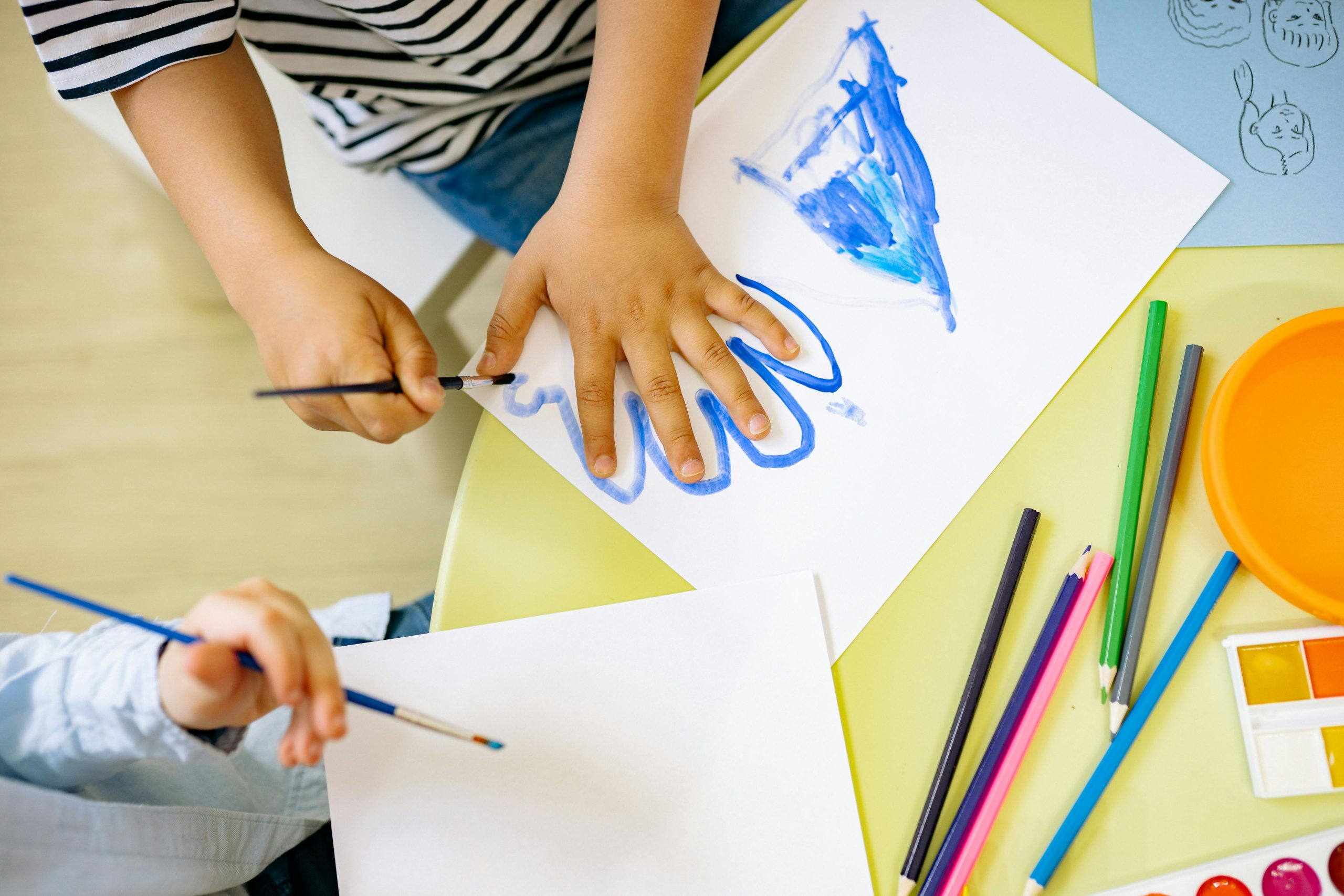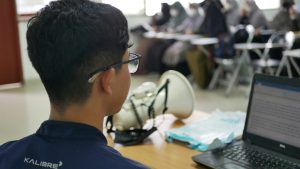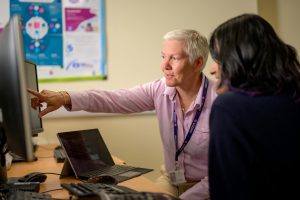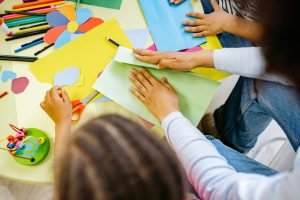Arts Integration: Why Creativity Matters in Education
In today’s world, education is often synonymous with standardized tests, memorization, and conformity. However, there is a growing movement towards a more holistic approach to education – one that values creativity, imagination, and self-expression. This approach is known as arts integration, and it is gaining recognition as an essential element in educational institutions. In this article, we will explore what arts integration is and why it is crucial for the development of students in today’s society.
The Definition of Arts Integration
Arts integration is an instructional method that combines arts and non-arts subjects in a way that creates a more comprehensive and meaningful learning experience. It involves incorporating dance, music, theater, visual arts, and media arts into traditional subjects such as math, science, English, and history. The goal of arts integration is not to turn students into artists but to use the arts as a tool to enhance learning and engage students’ creativity.
The Benefits of Arts Integration
One of the main benefits of arts integration is that it fosters creativity, which is a vital skill in today’s rapidly changing world. As technology continues to advance, many traditional jobs are disappearing, and to succeed, individuals need to be able to think critically and creatively. By infusing arts into education, students are encouraged to think outside the box, find unique solutions to problems, and explore their imagination.
Moreover, studies have shown that arts integration can improve academic performance. When students are actively engaged in creative activities, they become more motivated, focused, and enthusiastic about learning. It also helps them develop essential skills such as communication, collaboration, and critical thinking, which are necessary for success in today’s society.
The Role of Arts Integration in Social Emotional Learning
Social Emotional Learning (SEL) is a process that helps students develop essential life skills such as empathy, self-awareness, and responsible decision-making. These skills are crucial for building positive relationships, managing emotions, and achieving academic success. Arts integration plays a crucial role in promoting SEL by creating a safe and non-judgmental environment where students can express themselves freely and explore their emotions.
Furthermore, the arts provide a vehicle for students to develop their social skills. Through collaboration, students learn to respect and embrace diverse perspectives, appreciate teamwork, and communicate effectively. They also learn to persevere and overcome challenges, build self-confidence, and develop a sense of pride in their work.
The Changing Landscape of Arts Education
Despite the numerous proven benefits of arts integration, many schools are still struggling to integrate the arts into their curriculum. In recent years, budget cuts and an increased emphasis on standardized testing have pushed the arts to the margins of education. As a result, many students miss out on the opportunity to develop their creativity and other critical skills through the arts.
However, there is hope as more and more educators and policymakers are recognizing the importance of arts integration in education. The recently passed legislation, Every Student Succeeds Act (ESSA), includes the arts as a part of a well-rounded education, shifting the focus away from standardized testing and towards a more holistic approach to learning.
How Educators Can Incorporate Arts Integration
For educators looking to incorporate arts integration into their teaching, there are various resources and strategies available. Technology plays a crucial role in providing access to the arts, allowing students to explore different art forms and incorporate them into their learning. For example, online platforms such as virtual museums, art galleries, and musical compositions can be used in conjunction with traditional subjects to create a more engaging and interactive learning experience.
Moreover, professional development and collaboration with teaching artists and art organizations can also help educators gain the knowledge and skills necessary to incorporate the arts into their curriculum effectively. By working together, educators and artists can create a strong connection between art and academic subjects, making learning more meaningful and relevant to students.
The Bottom Line
In conclusion, arts integration is crucial for today’s education system, which values creativity, critical thinking, and social emotional learning. By incorporating the arts into traditional subjects, students can develop essential skills that will prepare them for success in an ever-changing world. As educators, it is our responsibility to embrace this movement and provide our students with a well-rounded education that values creativity and self-expression.










